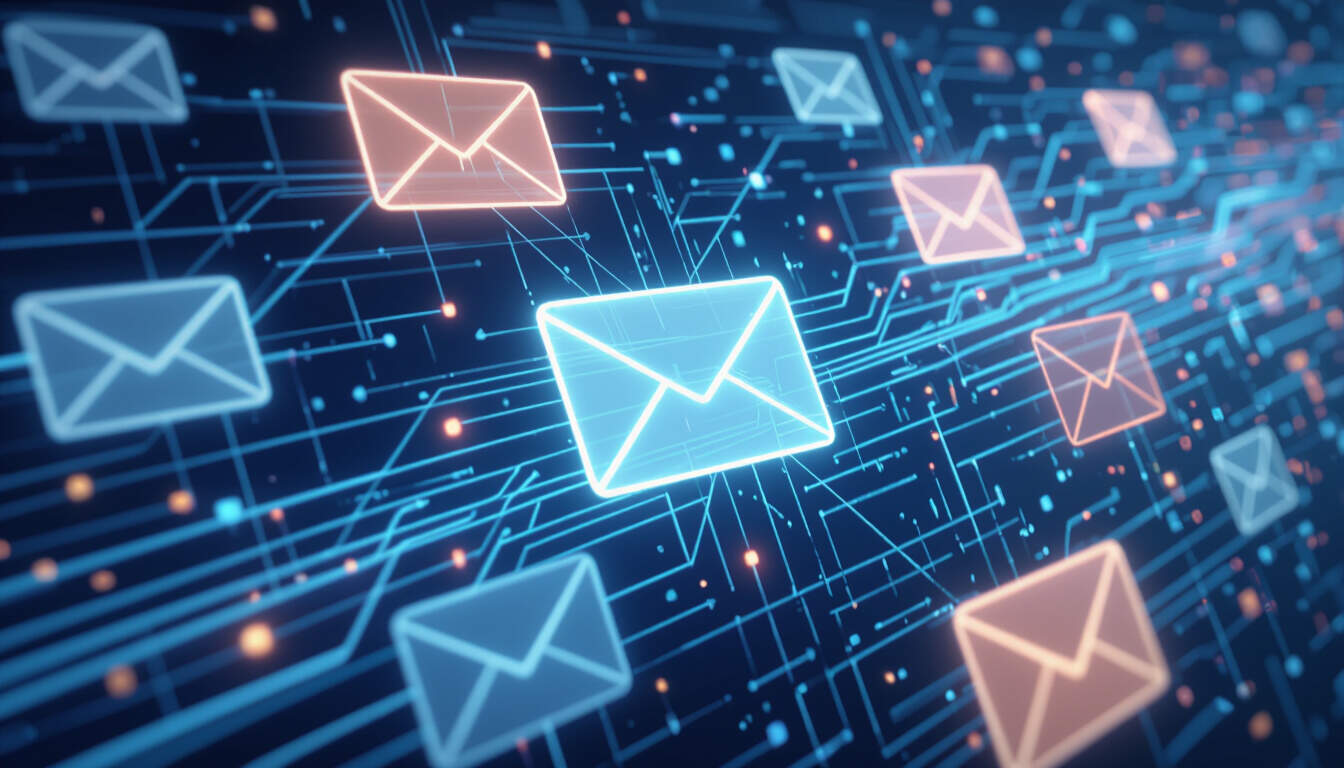Enhancing Email Deliverability for Solo SaaS Projects
 by Marlene Keeling
by Marlene Keeling
Email deliverability is essential for solo SaaS developers aiming to ensure messages reach inboxes reliably. This article covers key strategies, tools, and steps to optimize delivery rates, drawing from practical examples to help maintain user engagement and trust.

Email deliverability plays a critical role in SaaS projects, especially for solo developers who rely on effective communication to keep users engaged. In SaaS environments, email deliverability directly impacts user retention and business growth.
For solo entrepreneurs building SaaS applications, maintaining high delivery rates means more reliable notifications and marketing efforts. Poor deliverability can lead to messages landing in spam folders, frustrating users and harming reputations.
To start, consider the basics of email deliverability. It involves factors like sender reputation, content quality, and compliance with standards. A strong sender reputation comes from consistent, legitimate sending practices.
One effective approach is to focus on list hygiene. Regularly clean your email lists by removing inactive or invalid addresses. This practice helps improve overall delivery rates and reduces bounce rates.
In practice, many solo developers use tools like Mailchimp or SendGrid to manage campaigns. For instance, a developer creating a project management SaaS might send weekly updates. By segmenting lists based on user activity, they can target engaged subscribers, boosting open rates.
Steps to Improve Email Deliverability
Follow these steps to enhance your SaaS email systems:
-
Verify your domain and IP: Set up SPF, DKIM, and DMARC records. These protocols authenticate your emails and prevent spoofing.
-
Monitor sending volumes: Gradually increase the number of emails sent to build a positive reputation. Sudden spikes can trigger filters.
-
Optimize email content: Use clear subject lines and relevant body text. Avoid overly promotional language that might flag messages as spam.
-
Test regularly: Use services to check how emails render across devices and inboxes. This ensures consistency and helps identify issues early.
Real-world examples show the benefits of these steps. A solo developer running a subscription-based analytics tool faced low delivery rates initially. By implementing DKIM and cleaning their list, they increased inbox placement from 70% to over 90% within months.
Another example involves personalization. In a customer support SaaS, adding user-specific details to emails improved engagement. This not only enhanced deliverability but also built stronger user relationships.
Tools are essential for solo SaaS builders. Options like Google Postmaster Tools provide insights into your sending reputation. Similarly, services offer analytics on bounce rates and spam complaints, allowing for quick adjustments.
Beyond tools, consider integration strategies. For SaaS applications, integrating email services with your backend can automate processes. This might involve API calls to send transactional emails, ensuring they align with user actions.
Common challenges include dealing with blacklists. If your IP gets blacklisted, investigate the cause and request removal. Proactive measures, like warming up your IP through gradual sending, can prevent this.
In summary, by applying these strategies, solo developers can achieve better email outcomes. Focus on building habits that prioritize quality and compliance, leading to more successful SaaS projects.
Additional Tips for Maintenance
- Track metrics such as open and click-through rates to gauge performance.
- Engage users with valuable content to reduce unsubscribes.
- Stay updated on industry changes that affect email standards.
With consistent effort, SaaS creators can turn email deliverability into a strength, fostering long-term success.
